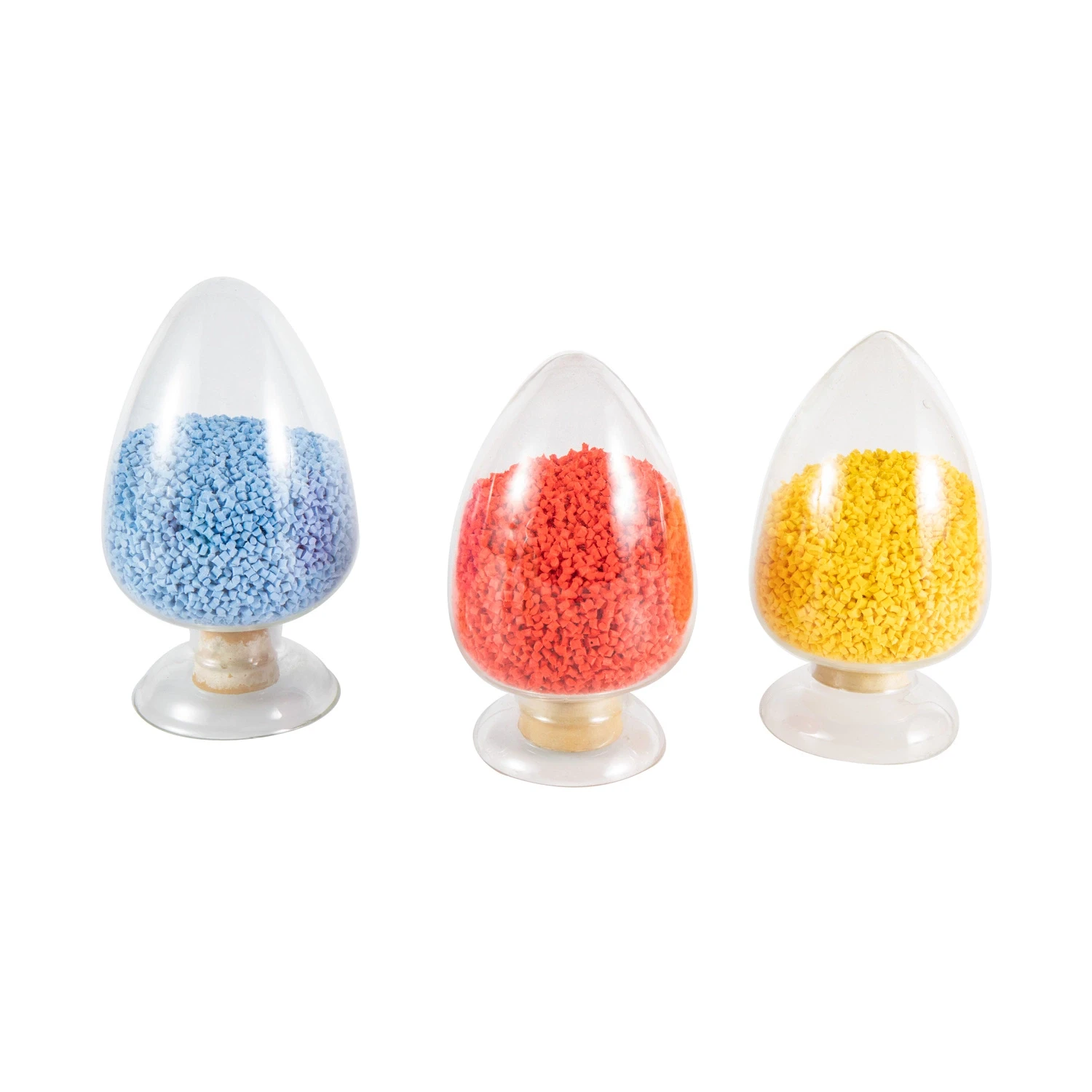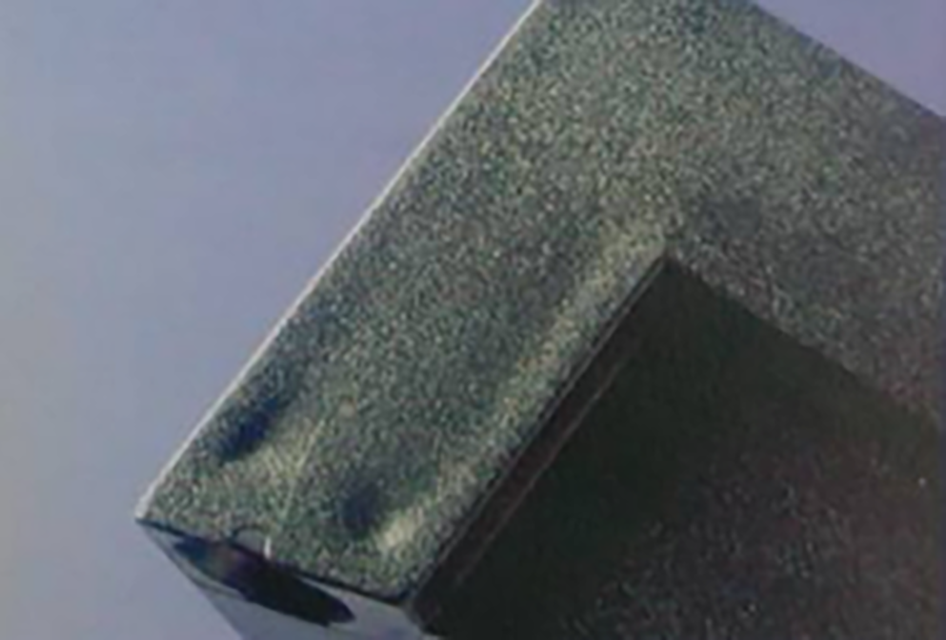Error de formato de correo electrónico
emailCannotEmpty
emailDoesExist
pwdLetterLimtTip
inconsistentPwd
pwdLetterLimtTip
inconsistentPwd

Offer Technical Support and Customized Solutions
The company is committed to creating new and improved plastic materials to meet the evolving demands of the market.

Addressing Shrinkage in Injection Molding: Strategies and Considerations
Introduction:
Shrinkage remains a persistent challenge in injection molding, often leading to defects and compromised product quality. In this article, we delve into the complexities of shrinkage issues and explore various strategies for addressing them effectively. From the impact of mold temperature and melt temperature to the role of injection speed, each factor plays a crucial role in determining the success of shrinkage mitigation efforts. By understanding the intricacies involved and implementing appropriate measures, manufacturers can enhance their injection molding processes and produce high-quality, dimensionally stable products. Join us as we navigate through the intricacies of shrinkage in injection molding and discover key insights to optimize production outcomes.
Shrinkage problems in hard plastic parts (surface shrinkage and internal shrinkage holes) occur because when the molten glue cools and contracts, defects are created due to insufficient glue replenishment from the direction of the inlet during concentrated contraction. Therefore, factors unfavorable to compensation will affect our ability to solve shrinkage problems. Most people know that mold temperature too high can easily lead to shrinkage problems, so they usually prefer to lower the mold temperature to solve the problem. However, sometimes if the mold temperature is too low, it is also unfavorable for solving shrinkage problems, which many people tend to overlook.
When the mold temperature is too low, the molten glue cools too quickly, and the slightly thicker glue positions far from the inlet are sealed off from the compensation channel due to rapid cooling in the middle, resulting in insufficient glue replenishment from a distance, making it more difficult to solve shrinkage problems, especially prominent in thick injection molded parts. Furthermore, mold temperature too low is also unfavorable for increasing the overall shrinkage of injection molded parts, resulting in increased concentrated shrinkage, making shrinkage problems more severe and obvious.
Therefore, when solving difficult shrinkage problems, it is beneficial to check the mold temperature. Experienced technicians usually touch the surface of the mold cavity with their hands. Each type of material has its suitable mold temperature. For example, for shrinkage problems of PC material, if the mold temperature is properly adjusted, better improvement can be achieved in shrinkage holes. However, if the mold temperature is too high, shrinkage problems in injection molded parts will occur again.
Low melt temperature is unfavorable for solving product shrinkage issues.Most people know that if the melt temperature is too high, injection molded parts are prone to shrinkage problems, and reducing the temperature by 10 to 20°C can improve shrinkage issues. However, if shrinkage occurs in a relatively thick part of the injection molded part, lowering the melt temperature too much, such as approaching the lower limit of the injection melt temperature, is unfavorable for solving shrinkage problems and may even worsen them, especially in thicker areas of the injection molded part.
Similar to when the mold temperature is too low, rapid condensation of the molten glue prevents the formation of a significant temperature difference conducive to compensation between the shrinkage position and the inlet. The compensation channel at the shrinkage position is prematurely sealed off, making problem resolution more difficult. It can be seen that the faster the molten glue condenses, the more unfavorable it is for solving shrinkage problems. PC material, for example, condenses very quickly, making shrinkage hole problems a major challenge in injection molding.
Moreover, low melt temperature is also unfavorable for increasing the overall shrinkage, resulting in increased concentrated shrinkage, exacerbating shrinkage problems. Therefore, when adjusting the machine to solve difficult shrinkage problems, it is crucial to check whether the melt temperature has been lowered too much. In addition to reading the temperature gauge, checking the temperature and flow of the molten glue with an air shot method provides a more intuitive assessment.
Excessive injection speed is unfavorable for solving product shrinkage issues.When addressing shrinkage problems, the first thought is often to increase injection pressure and extend injection time. However, if the injection speed is already very fast, it is not conducive to solving shrinkage problems. Therefore, sometimes when shrinkage is difficult to eliminate, it is necessary to reduce the injection speed to solve it.
Reducing the injection speed allows for a larger temperature difference between the leading molten glue and the inlet, thus facilitating sequential solidification and compensation of the molten glue from far to near. It also facilitates higher pressure replenishment for shrinkage positions farther from the inlet, which greatly helps in problem resolution.
Since reducing the injection speed lowers the temperature of the leading molten glue and slows down the process, the injection-molded part is less prone to flash, allowing for an increase in injection pressure and time, which is more conducive to solving severe shrinkage problems. Additionally, if the final stage end-filling and pressure-holding method is adopted with even slower speed, higher pressure, and longer time, the effect will be more pronounced. Therefore, if it is not possible to start with a slower injection speed, starting with this method in the later stages of injection can be a good remedial measure.
However, it is worth noting that excessively slow filling will also be unfavorable for solving shrinkage problems. By the time the cavity is filled, the molten glue has already completely frozen, just like when the melt temperature is too low, there is simply no capacity to compensate for shrinkage at a distance.

